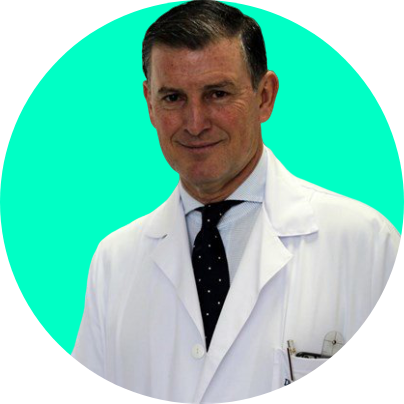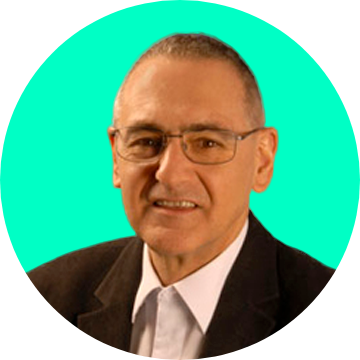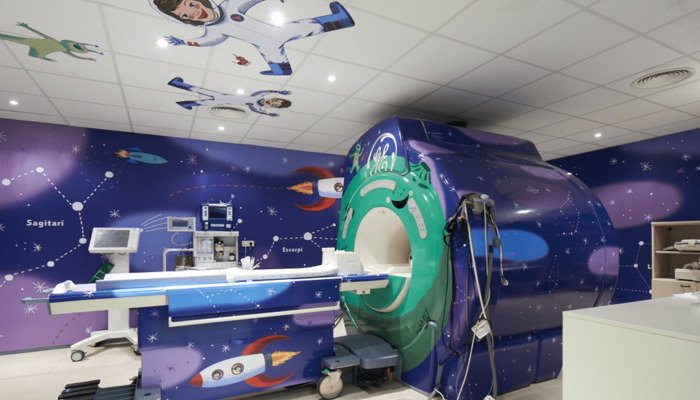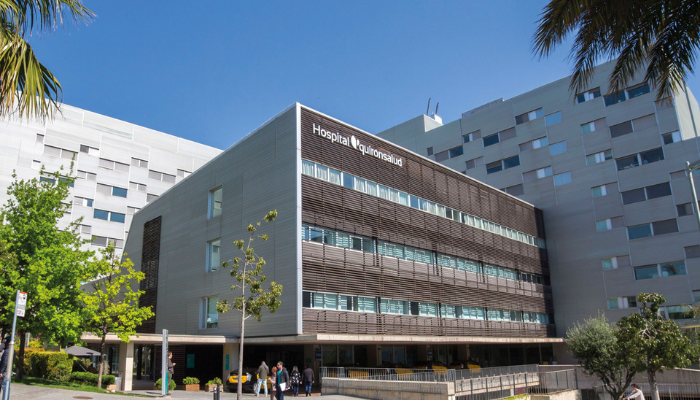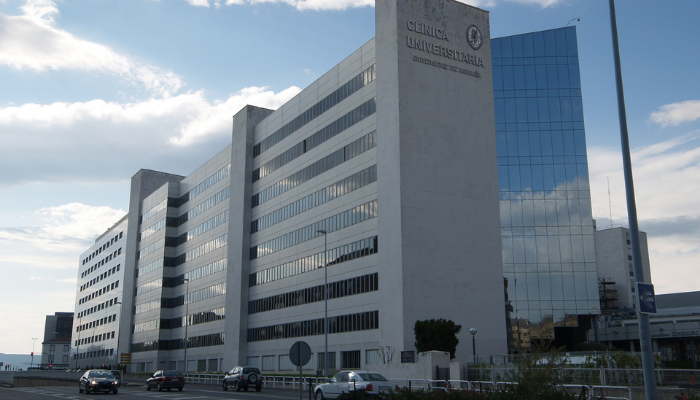Congenital Heart Defects treatment in Spain
These malformations develop in the fetus and most of the time have a surgical solution within the baby’s first year of life. These surgeries have the objective of providing more quality of life to the child, both in terms of survival and increasing the overall quality of life.
A simple ultrasound scan can be used for detection. Feel free to contact VidasPrime and we will help you immediately. Our doctors will tell you the necessary steps to follow
Can we help you?
In a few moments, one of our specialists will contact you.

